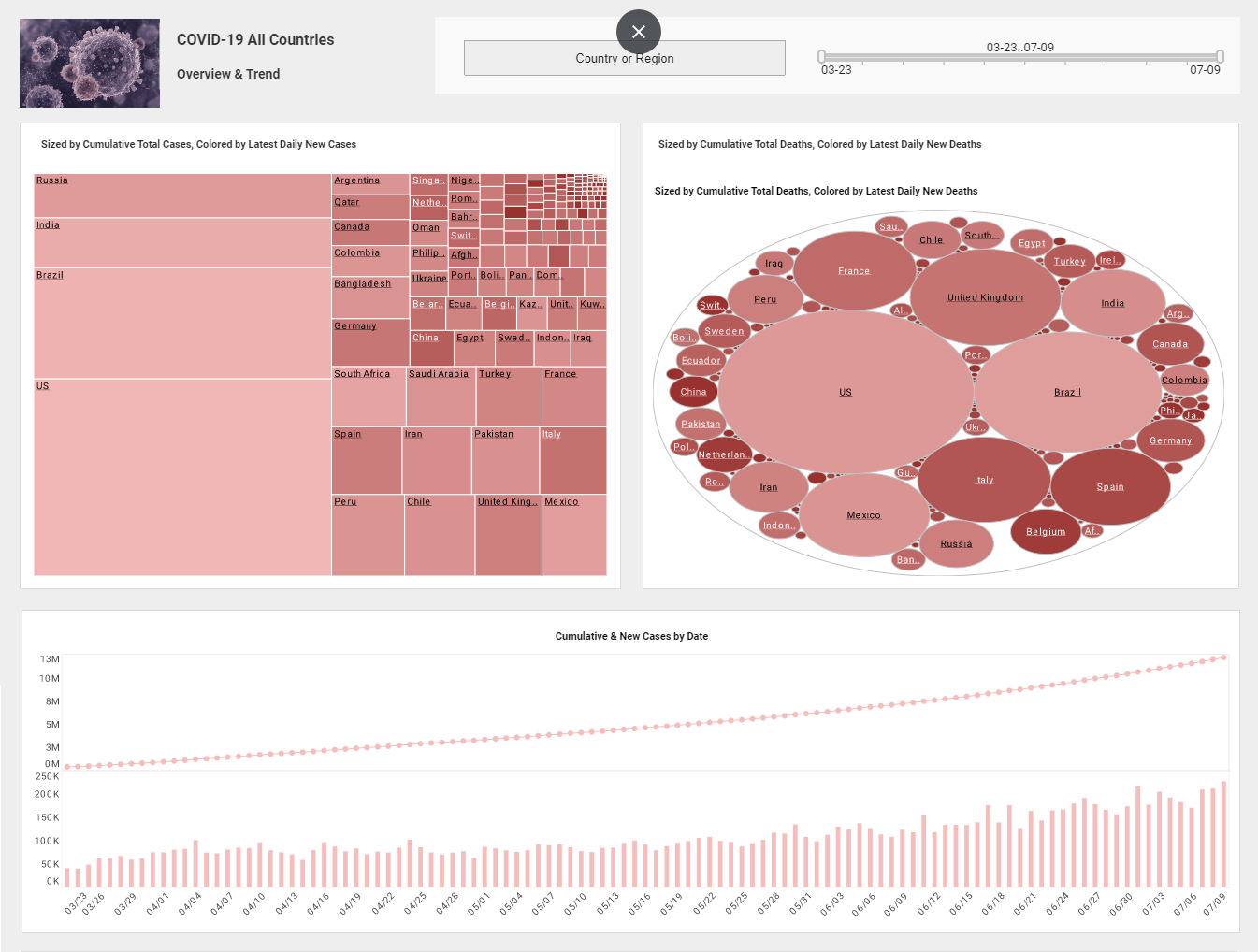Clarifying and Measuring Organizational Vision
This is the continuation of the transcript on "Top Ten Business Intelligence Mistakes” hosted by InetSoft. The speaker is Christopher Wren, Principal Consultant at TFI Consulting.
Number three has to do with being able to clarify and measure organizational vision. So what happens is all these stupid deliberate words go up on the board. The next step is to take all these deliberate words and just bring them together into some awkward sentence. So after six or eight hours of this nonsense, he ends up with some garbled sentence that says our vision is to be a world class leading edge customer focused producer with value added products and services using engaged employees in a lean six-sigma fashion. Everybody says amen, that looks good to me. Afterwards, everyone’s mentality is I don’t know what the hell it says but it includes my word in it so I like it.
Never have I ever seen a good vision created by a team whose job is to write the vision of a company, the boss, CEO, and the boss’s job. The boss ought to talk to a lot of other people before coming up with a vision but you don’t need a team of 12 really smart and expensive people to try to write a sentence. That’s a recipe for disaster.
So if you get one of these garbled visions to begin with, it is going to be very hard to measure your progress toward it because I don’t know of any world class meters, do you guys? You know guys engage in world class meters, when we’re not even at California class meters.
| #1 Ranking: Read how InetSoft was rated #1 for user adoption in G2's user survey-based index | Read More |
Clarity in the Vision
So if you need to have clarity in the vision, you first have to know where you are going to go; my vision is work five days a month and pay all my bills. Does everyone understand that? Could you tell whether I did it or not if you checked back with me in five years? Yeah you can. I have a way to measure that but I could say I want to be a world class consultant but that’s a little vague, right? How do you measure that? What does that even mean?
So when you have clarity in your vision then the measures related to that vision become very easy to determine. I see a lot of goals although there may be no way to measure and see their clear vision, but still they have a goal.
I was working with the army corps of engineers and one of their top three goals was improved communication. That sounded like a good one. A lot of people have that one right, we need to improve communication. So I went back to them the next year in their strategic planning and meeting where they reviewed how they did last year and I said, “Well that’s goal number two improved communication. How did we do on that one?” Somebody got up with their PowerPoint and said they started a new website and got 482 hits every month. Then we started the new employee newsletter and started to have an all hands meeting with the CEO every quarter. Somebody then asked, “well did we improve communication or not?” Nobody knew.
So they had this goal, which was improved communication, and the only measure of it is we had a lot of activity, we were very, very busy doing all these things but they didn’t really know if they improved communication or not. So you have to have a measure for your vision, for your strategies, for your goals, and for your objectives. You have to have a way of measuring whether or not these things actually produce what you are intending them to produce.
So go through and look at all these things in your strategic plan, your goals, your objectives, your vision, and your mission and say, is everything linked together, do I have measures for all these things, or there are some disconnects there.
| Previous: Lack of Measuring Ethics and Corporate Culture |


